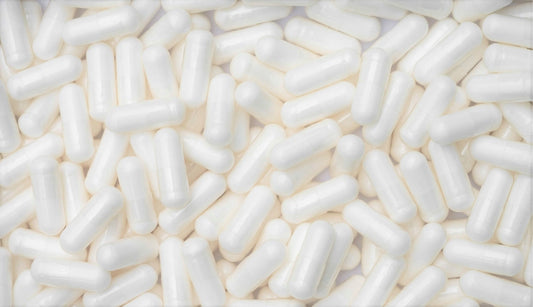Lorem ipsum
1
You have saved personalized supplements. Would you like to add them back to your cart?
£0.00 GBP
Your cart total must be £20.00 or more to proceed.
500mg
• Reduces inflammation
• Has antiviral and anti-carcinogenic properties
• Reduces histamine intolerance
Couldn't load pickup availability
 Vegan
Vegan
 Vegetarian
Vegetarian
 GMP
GMP
 Non-GMO
Non-GMO
 No fillers
No fillers
 Gluten Free
Gluten Free
Quercetin is a potent polyphenol, a type of antioxidant found in various fruits and vegetables.

Active immune supporter
Quercetin is a plant-derived compound with a unique array of biological properties. This compound exhibits synergistic benefits, enhancing its individual anti-inflammatory and immunomodulatory effects.
Quercetin:
Quercetin is a flavonoid antioxidant found in plant foods, including leafy greens, tomatoes, berries, and broccoli. It's known as a potent antioxidant, fighting harmful free radicals in the body. This antioxidant action provides a defence mechanism against oxidative stress, which can lead to chronic diseases, such as heart disease and cancer.
Quercetin also exhibits strong anti-inflammatory effects by inhibiting inflammatory processes in the body. It does this by suppressing the activity and production of inflammation-causing cytokines and enzymes, such as inducible nitric oxide synthase (iNOS), and cyclooxygenase (COX), which are critical mediators of the inflammatory response.
Moreover, it plays a significant role in stabilising mast cells, which can help manage histamine responses in the body. Mast cells release histamine, a compound that triggers allergy symptoms. By stabilising these cells, quercetin helps to reduce the release of histamine, thus potentially alleviating allergic reactions and histamine intolerance symptoms.
Bromelain also possesses fibrinolytic activity, meaning it can break down fibrin, a protein involved in blood clotting. This property has led to its use in conditions where excess fibrin is detrimental, such as cardiovascular diseases.
When combined, quercetin and bromelain form a robust alliance against inflammation, oxidative stress, and histamine responses, potentially benefiting various areas of health, including immune function, cardiovascular health, and digestive wellness.
The effects of quercetin can vary between individuals, and their impacts may be subtle at first. You may notice a reduction in allergy symptoms, less inflammation, or fewer instances of infection.
Take 1 capsule daily with food and water, unless specified otherwise on the sachet.
* Percent Daily Values are based on a 2,000 calorie diet.
† Daily Value not established.
Rice Flour, Capsule, Cellulose Powder, Vegetable Source
Publications you might find interesting

1. Shaik, Y. B., Castellani, M. L., Perrella, A., Conti, F., Salini, V., Tete, S., ... & Conti, P. (2006). Role of quercetin (a natural herbal compound) in allergy and inflammation. Journal of biological regulators and homeostatic agents, 20(3-4), 47-52.
2. Serban, M. C., Sahebkar, A., Zanchetti, A., & Mikhailidis, D. P. (2016). Effects of quercetin on blood pressure: a systematic review and meta-analysis of randomized controlled trials. Journal of the American Heart Association, 5(7), e002713.
3. Thakur, V., & Kush, P. (2015). Bromelain: a review. Int J Pharm Pharm Sci, 7(8), 13-17.
4. Maurer, H. R. (2001). Bromelain: biochemistry, pharmacology and medical use. Cellular and Molecular Life Sciences CMLS, 58(9), 1234-1245.
5. Kelly, G. S. (2011). Bromelain: a literature review and discussion of its therapeutic applications. Alternative Medicine Review, 1(4), 243-257.

Gain access to your own data driven dashboard, health reports and personalised supplement plans.


• Supports cellular health and longevity
• Boosts NAD function
• Promotes skin health and elasticity

